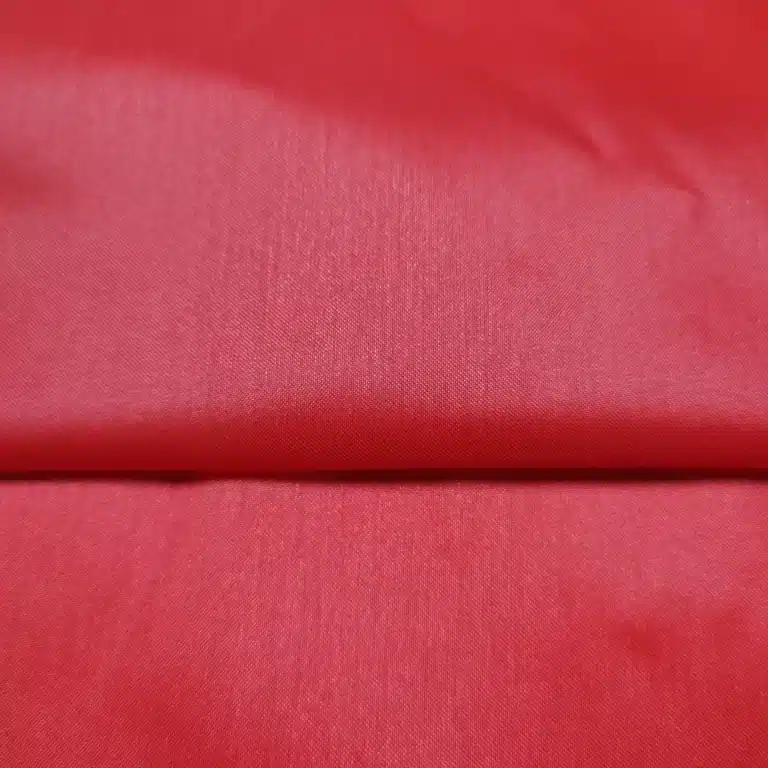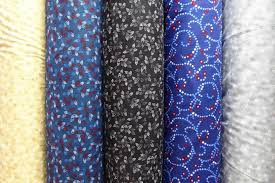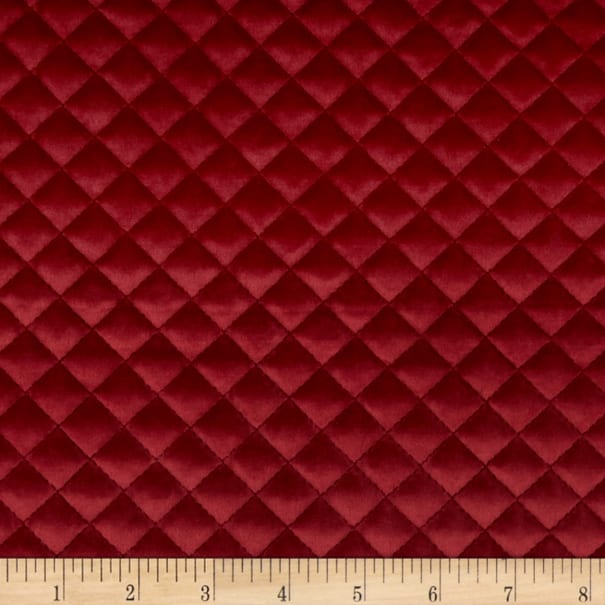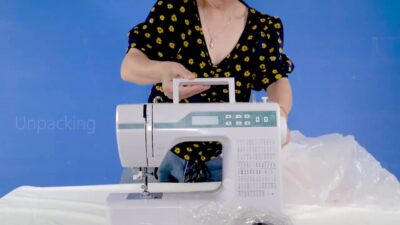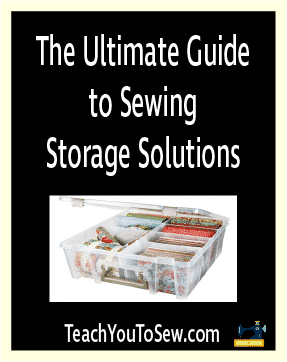The Complete Beginner’s Guide to Sewing: Answering the 20 Most Common Questions
Taking up sewing can be intimidating for beginners, but asking the right questions is key to getting off to a good start. From choosing fabric and patterns to troubleshooting your sewing machine, there are some common queries and points of confusion for novice stitchers.
What tools and materials does one absolutely need to begin? How do you read a commercial pattern? Why does thread keep breaking? What causes skipped stitches? Before diving into projects, new sewers should understand sewing machine mechanics, fabric types, which needles to use, backstitching, hemming, gathering, and more.

Learning terminology and techniques opens the creative door. I’ve compiled a helpful list of the top 20 most important questions for beginning sewers so you can avoid frustration and set yourself up for sewing success. Knowing what to ask will lead to building essential skills and sewing knowledge.
- I Just Bought My First Sewing Machine—Now What?! Take your time reading the manual to understand how to thread and operate it. Start with simple projects like pillowcases to get comfortable with sewing straight lines.
- Help! Why Does My Thread Keep Breaking? This is usually caused by improper threading, cheap thread, a dull or wrong sized needle, or too much tension. Double check your machine is threaded correctly, change the needle, and try good quality thread.
- How Do I Read a Sewing Pattern? Don’t be intimidated! Patterns have basic pieces with markings and directions. Read all instructions first and take it step-by-step. Ask for help from experienced sewers.
- What Are the Must-Have Sewing Tools for Beginners? Invest in good fabric scissors, pins, a tape measure, seam ripper, hand needles, and thread clippers. Quality tools will make sewing easier.
- Why Is My Sewing Machine Skipping Stitches? This can happen if the tension is too loose, the needle is bent or dull, or the fabric is not feeding properly. Adjust tension, change the needle and rethread top and bobbin.
- Help! My Sewing Machine is Jammed! Turn off the machine and carefully remove any tangled threads. Do not pull fabric. Check for obstructions near needle and under throat plate. Rethread completely.
- How Do I Choose Fabric for Sewing Projects? Natural fibers like cotton and linen are beginner friendly. Stretchy fabrics are trickier. Wash fabric before cutting to allow for shrinkage.
- What Needles Should I Use for Sewing? Consult your machine manual but universal/sharp needles in sizes 11/75 or 14/90 are a good start. Change needle every project or when dull.
- Is it Possible to Sew Without a Pattern? Yes! For simple projects, measure yourself or the item being covered and cut fabric to those dimensions. Add seam allowances.
- Help! Why Are My Seams Puckering? This happens when tension is too tight. Loosen the thread tension slightly and make sure both top and bobbin threads are inserted correctly.
- How Do I Hem Pants and Skirts? For hand hemming, turn up the edge the desired width, press, pin, then sew a blind stitch or slip stitch. For machine hemming, use a zig zag or blind hem stitch.
- What’s the Best Way to Cut Fabric? Use sharp fabric scissors and cut with the grain, not against it. Cut one layer at a time. Use weights, pins or spray adhesive to keep layers from shifting.
- How Can I Sew Knit Fabrics Without Stretching Them Out? Use a stretch or ballpoint needle so it glides between knit fibers instead of piercing them. Use a zig zag stitch or serger. Interface necklines and hems.
- Help! Why Does My Bobbin Thread Keep Bunching Up Underneath? This is usually caused by improper threading. Make sure bobbin is inserted correctly and top thread is between tension discs. Rethread completely.
- Should I Backstitch at the Beginning and End of Seams? Yes, backstitching locks the stitches in place neatly. Backstitch reverse for about 1/2 inch at the start and end of each seam for durability.
- How Do I Choose Interfacing? Interfacing adds body and structure on the inside of projects. Choose lightweight for fashion fabrics, medium for stable wovens, and heavy for tailored garments.
- What’s the Easiest Thing for a Beginner to Sew? Pillows, tote bags, pajama pants, skirts, and aprons are great first projects. Start with woven cottons and simple patterns with few pieces.
- Help! Why Are My Sewing Machine Stitches Looping? This is caused by poor tension. Make sure the presser foot is down, rethread the top and bobbin, and adjust tension according to your manual.
- How Do I Gather Fabric? For machine gathering, use a long basting stitch length and pull bobbin threads to gather. For hand gathering, sew 2 rows of long stitches and pull top threads. Adjust gathers evenly.
- Why Does My Fabric Pucker When I Sew? Excess fabric is being pushed into the seam allowance. Support fabric on both sides of the presser foot and let it feed naturally. Use interfacing on delicate fabrics.



